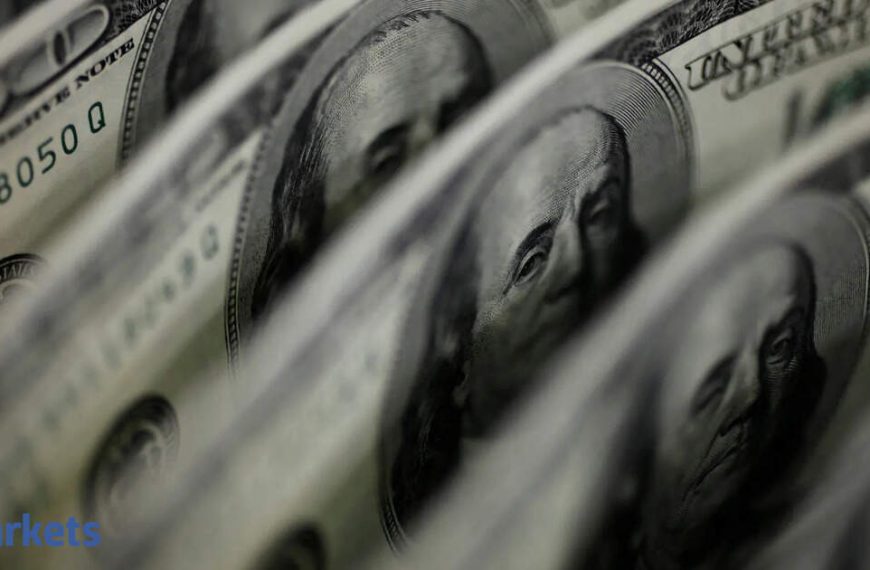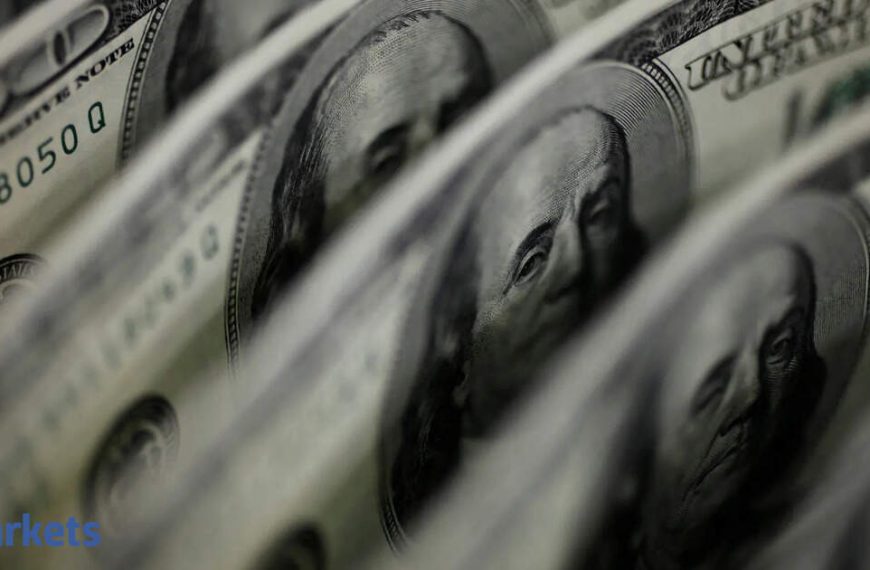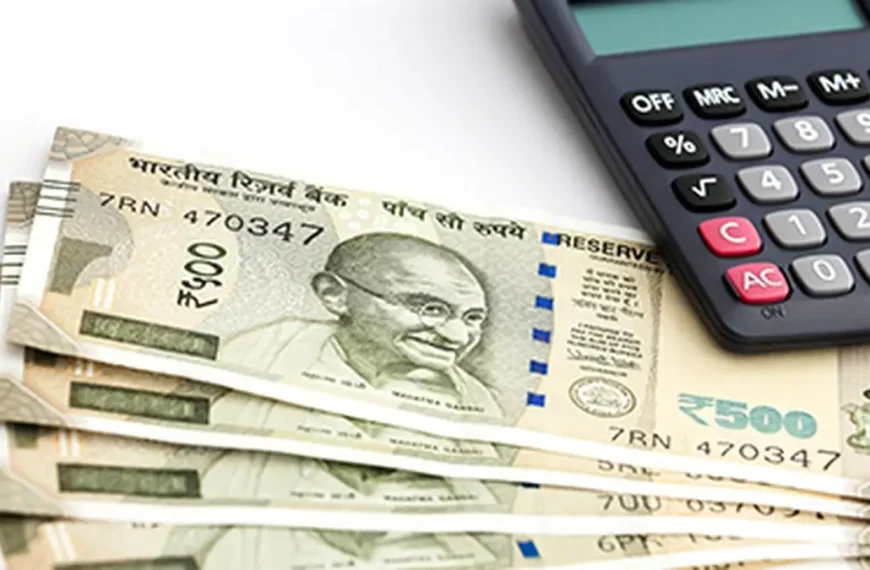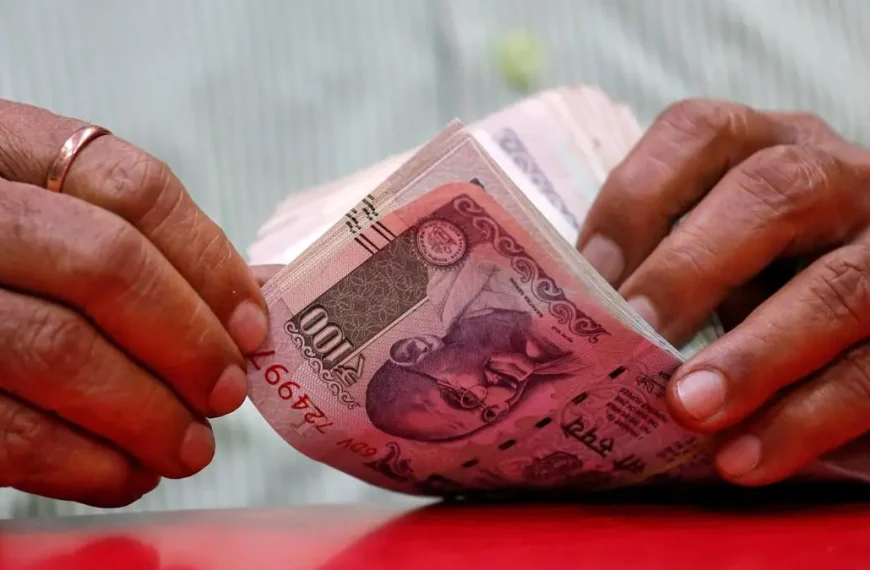The Indian rupee experienced a modest dip on Wednesday, closing at 85.52 against the US dollar, a decrease of 2 paise from the previous day. This slight decline occurred despite a supportive environment from local markets, which was overshadowed by concerns regarding trade tariffs and rising crude oil prices. Forex experts noted that while the rupee faced challenges, the weaker dollar and a robust domestic market provided some cushion.
Factors Influencing the Rupee’s Performance
Forex traders reported that the Indian currency opened at 85.65, fluctuating between a high of 85.50 and a low of 85.73 throughout the trading session. The rupee’s closing figures reflect a complex interplay of various economic factors:
- Tariff Concerns: Ongoing discussions around tariffs imposed by the US, particularly under President Donald Trump’s administration, are creating uncertainty in the forex market.
- Crude Oil Prices: A rise in global crude oil prices is placing additional pressure on the rupee, further complicating its trade dynamics.
- Foreign Fund Outflows: There has been a notable exit of foreign funds, impacting demand for the rupee.
Anuj Choudhary, a Research Analyst at Mirae Asset Sharekhan, commented on the situation: "We anticipate the rupee might show a positive trend, influenced by uncertainty surrounding trade tariffs and the ongoing increase in crude oil prices. However, the support from foreign inflows and strong domestic markets could stabilize the rupee at lower levels."
Market Overview
The first trading session of the 2025-26 fiscal year saw the rupee fluctuate, with prior sessions indicating a more favorable position. On April 1, the currency and bond markets were closed for the annual account closing, and preceding that, the rupee had appreciated 24 paise, settling at 85.50.
- Previous Year’s Performance: The rupee suffered a depreciation exceeding 2% during the fiscal year 2024-25, starting at 83.42 against the dollar.
- Recent Gains: March saw a 2.17% appreciation, marking the most substantial monthly increase since November 2018.
Economic Indicators and Market Reactions
In addition to currency fluctuations, the Indian economy showed signs of growth. India’s manufacturing sector reached an eight-month high in March, with the HSBC India Manufacturing Purchasing Managers’ Index (PMI) registering 58.1, up from 56.3 in February. This increase reflects a surge in factory orders and production, spurred by strong demand.
Meanwhile, the Reserve Bank of India reported a significant rise in the nation’s foreign exchange reserves, which increased by $4.529 billion to reach $658.8 billion as of the week ending March 21. This marks the third consecutive week of growth, countering a recent trend of decline attributed to market interventions aimed at stabilizing the rupee.
Conclusion
The Indian rupee’s performance amid fluctuating trade tariffs and global oil prices highlights the complexities of the forex market. While challenges persist, the supportive domestic factors and recent gains in manufacturing may provide a silver lining for the currency moving forward. As traders keep a close watch on these developments, the interplay of domestic and international economic conditions will continue to shape the rupee’s trajectory.










